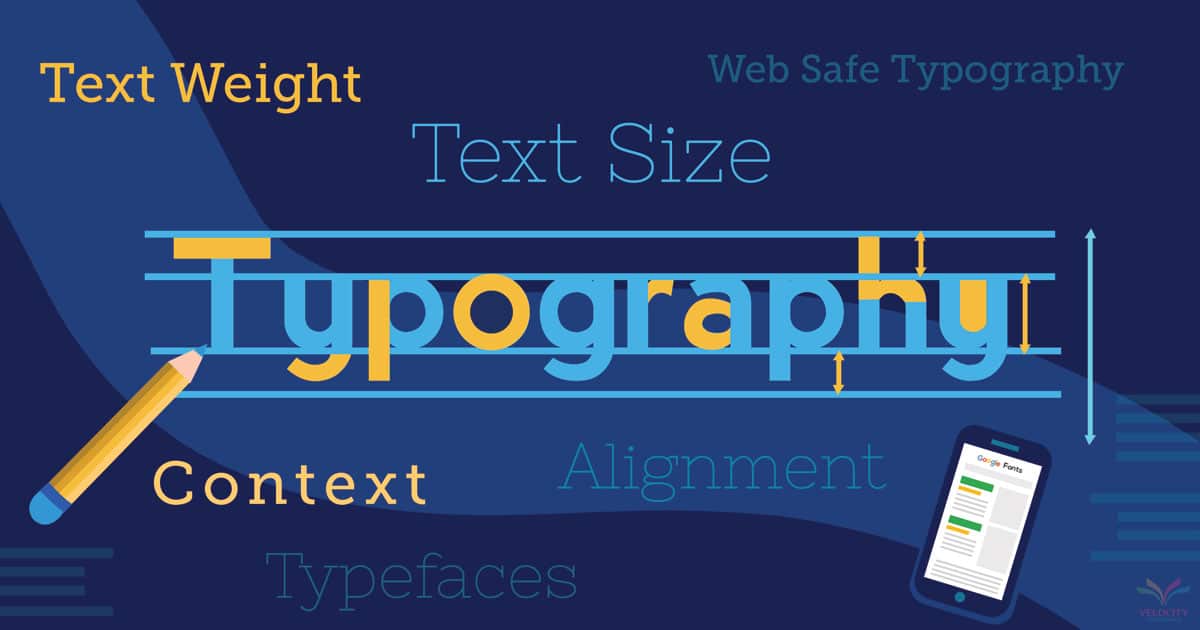Tech Insights: Apple vs. Competition
Explore the latest developments and comparisons between Apple and its rivals.
Type Right or Die Trying
Master the art of typing with Type Right or Die Trying – tips, tricks, and techniques to boost your speed and accuracy! Join the typing revolution!
The Importance of Typing Skills in the Digital Age
In the digital age, effective communication is paramount, and typing skills play a crucial role in this process. With the rise of remote work, online learning, and digital communication platforms, individuals are expected to convey their thoughts clearly and efficiently through text. Mastering typing not only enhances productivity but also improves accuracy, allowing messages to be crafted without unnecessary delay. According to a study by Typing.com, proficient typists can complete tasks significantly faster than those with poor typing abilities, leading to greater success in both academic and professional settings.
Moreover, strong typing skills are essential for participating in the growing digital economy. As businesses increasingly rely on technology for communication and collaboration, employees who can type quickly and effectively are in higher demand. This necessity emphasizes the need for formal typing education, which can empower individuals of all ages to thrive in their careers. Resources like RyRob highlight how improving your typing skills can not only streamline work but also give you a competitive edge in the job market, making it an invaluable investment in your future.

10 Tips to Improve Your Typing Speed and Accuracy
Improving your typing speed and accuracy is essential in today’s fast-paced digital world. Here are 10 tips to help you enhance your skills:
- Practice regularly: Consistency is key. Set aside time each day to practice typing.
- Use touch typing techniques: Familiarize yourself with the home row keys and develop muscle memory.
- Take typing tests: Websites like Typing.com offer valuable resources to assess your speed and accuracy.
- Focus on accuracy over speed: Initially, concentrate on minimizing mistakes rather than typing fast.
- Maintain proper posture: Sitting up straight and positioning your hands correctly can improve your typing performance.
As you progress, consider these additional strategies:
- Utilize typing software: Programs like Keybr help you build speed through interactive exercises.
- Set specific goals: Aim for gradual improvement in speed and accuracy by setting measurable objectives.
- Minimize distractions: Create a quiet workspace to help you concentrate while typing.
- Learn keyboard shortcuts: Familiarize yourself with common shortcuts relevant to your operating system and software.
- Stay relaxed: Tension can slow you down; practice breathing techniques to keep stress levels low.
How to Choose the Right Typing Software for Your Needs
Choosing the right typing software is essential for enhancing your typing skills, whether you are a beginner or looking to refine your expertise. Start by assessing your needs: do you require basic lessons or advanced courses? A helpful resource for evaluating various options is Typing.com, which offers different modules suited for all skill levels. Additionally, consider software that includes engaging features such as games or interactive lessons, ensuring that the learning process remains enjoyable.
Another critical factor in selecting your typing software is the platform compatibility. Ensure that the program you choose is available on your operating system, be it Windows, macOS, or online applications. Websites like Mouse Program provide comparisons of popular typing software and their platform compatibilities. Lastly, don't forget to read user reviews and ratings to gauge the effectiveness and usability of the software, as feedback from others can greatly influence your choice.